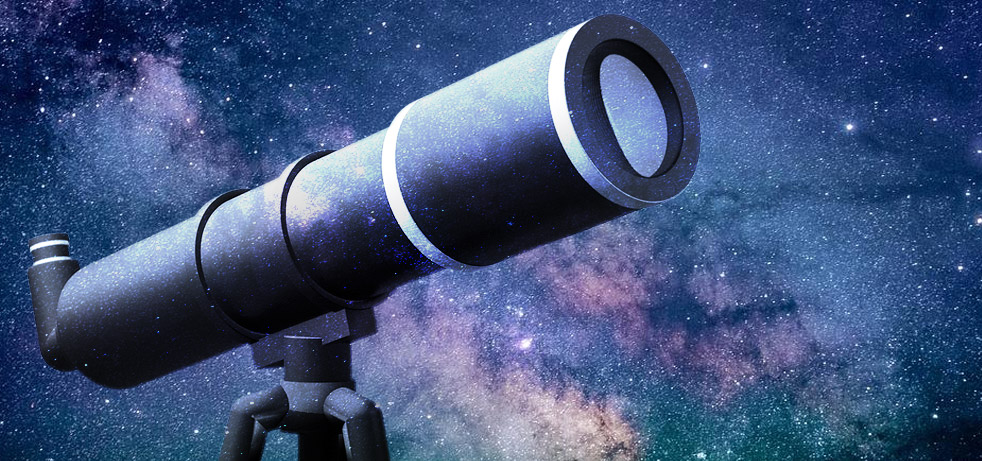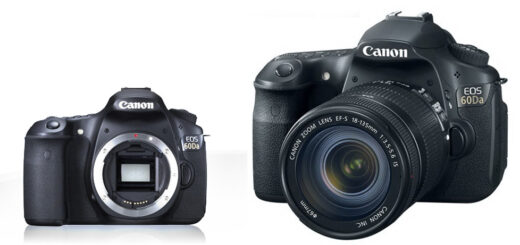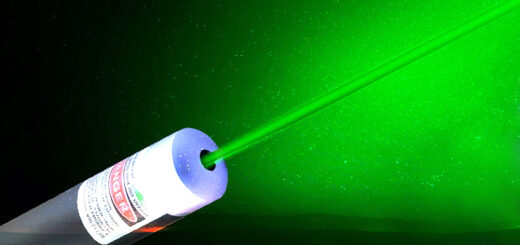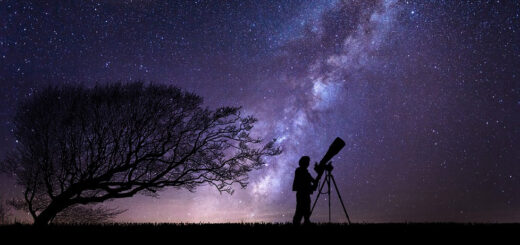Best Guide for Deep Sky Astrophotography

About stargazers and astrophotographers
The interest for stargazing starts from one’s childhood itself. The early practice of stargazing ultimately transforms into becoming an astrophysicist or astrophotographer. Such people have the urge to discover something from the vast unlimited dark space. The practice of deep sky gazing and clicking photography is a genuinely rewarding phase. As a beginner or an astro aficionado, it requires maximum patience and takes total day and night time just to have a great picture.
There are many branches to the astrophotography field. This field is not limited to one thing. You can explore more like you can capture the moon’s crater. And find strange materials in the deep sky. Stargazing and astrophotography is not just exploring the wide field of our milky way and its positions. There are anomalies and some known discovered objects too. Taking high definition pictures of those objects is the matter of success for the astrophotographers.
Some deep sky photographers click images of Nebulae, galaxies and star clusters.
There are two types of Astrophotographers. One is night time astrophotographers and other is Day time astrophotographers. They need to do justice to these deep skyed faint lighted objects.
They can uncover the mystery from the sky which is invisible or hidden from the direct visual astrologers. Using all tools and techniques an amateur astrophotographer can become expert in handling telescopes and clicking great pictures.
If you want to know the skills, tools, techniques and tips for becoming a good astrophotographer. Follow the below read –
Astrophotographer’s Equipment
There are many pieces of equipment for beginners if they are good at handling the basic ones.
Astrophotographers have telescope mounts, filters, and auto guiding systems.
There are two main kinds of equipment the astrophotographer is required to use ie. Cameras and Telescopes. For capturing the very long distance, deep sky objects in the dark space you require a great amount of exposure. You will get the maximum amount of details. To your image which is your target source.
1. Cameras
You can begin profound sky imaging with a DSLR camera. This meets the essential necessities. Most DSLR have a Bulb mode to run long exposures. They have adjustable light responsiveness (ISO) and are simple to work with.
For beginners DSLR cameras are a great tool to start with. Maybe a DSLR’s incredible benefit for an amateur is that it’s a simple arrangement. There are some profound sky objects. You can capture utilising a DSLR and a long range focal point, like the Orion Nebula and the Heart and Soul Nebulae.
2. Telescopes
Telescopes help to capture every small detail of an astrophotographer’s target object.
A telescope’s central length versus its gap is key as this decides the central proportion, or f/number. It is for inclining towards this. The more modest the f/number, the more noteworthy the telescope’s light-social event capacity.
All Types of telescopes can be utilise for astrophotography. Casse grains are best to save for shooting the planets.



